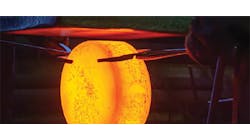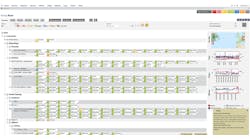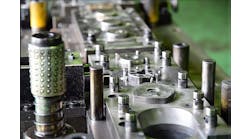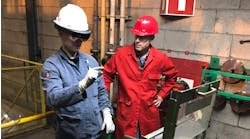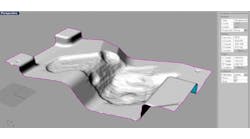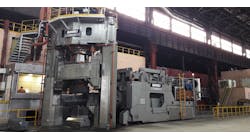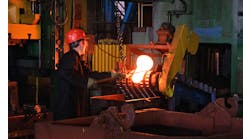The manufacturing sector is in flux right now as it seeks to find its way in the digital world, and the entire process chain necessitates the integration of suppliers who can respond to the needs of the industry. This situation has very little “history”, and so the high-volume buyers of manufactured goods and their suppliers of all sizes are seeking assistance from automation and data providers, while manufacturing equipment builders are likewise seeking to partner with developers and providers of hardware, software, communications, and controls, to bring to market the most-needed types of machines and technologies.
In this scenario, large manufacturers focus on the “big picture” as they link their production departments, often widely dispersed, while smaller manufacturers with a dozen local customers wonders how the drive to the digital factory will impact their enterprise — and it will.
The good news is about the digitalization process now underway is that manufacturers already can use the IT, apps, and communication devices in place in many of advanced manufacturing systems, together with the rapidly emerging skills of new workers, to develop and implement the three basic levels of digitalized operations.
These levels are a) the communications hardware and protocols at the manufacturing machine; b) the integration of inline production; and c) the data resident in the Cloud, which right now can be used to boost productivity through automated analytics of pant productivity to enhance enterprise flexibility through optimized methods of production and to preserve data security by state-of-the-art software.
Capturing and manipulating such data drives the productivity of a small or large plant in similar ways. Seeing the operation seen as an eco-system, with information and control capabilities at all levels, can promote that “factory of the future” concept — and it can do so now.
From the control platform on a machine you can extract the pre-analytics that can be used to feed existing apps or to develop the most beneficial apps to suit your production scheme and workflow. The beauty of the app, one you create or an existing solution, is that it provides the hierarchy of information to your operator, line supervisor, plant operations personnel or global IT department in a similar manner. This scalability offers immediate benefit to manufacturers of all sizes and it does so, right now. For example, machine operators can quickly and easily configure its connections and ascertain its program status and operating mode. This will to increase manufacturing productivity, reliability and availability of the machine.
Cloud-based systems always raise the question of security, as the data flow in real time at high-speed and can be made accessible to many levels of information managers and operations personnel. It is critical that a thorough assessment of the access to that data precede the development of any communications protocol.
Digitalization is not necessarily expensive. First steps can be implemented quickly on the plant floor, for example, by deploying small PCs like Raspberry Pi. Likewise, for machine builder, the development of “digital twin” engineering — wherein a machine is fully designed, commissioned and test run in a virtual environment — is rapidly changing the way they do business.
The number of connected machines is increasing exponentially and this is not simply engineering adornment: it is a necessary function for any manufacturer. Being able to determine quickly the overall equipment effectiveness (OEE) and conduct practical, beneficial predictive maintenance actions on your machines will contribute significantly to the production and profitability of your operation.
The management of today’s manufacturing plans and production departments are challenged to become aware of all these available technologies, and to chart a course for their implementation. This is not a “someday” scenario; it is a journey that is vital for shops of all sizes that want to remain competitive in today’s changing market.
One last bit of advice is to look at digitalization as an umbrella for secure shielding of smart data, not just big data. IIoT is the essential connectivity concept for all the elements of data on manufacturing performance, materials flow, operations efficiency, and ultimately your overall productivity.
Ramona Schindler is the business development manager for the digitalization of machine tools at Siemens Industry, Inc.
